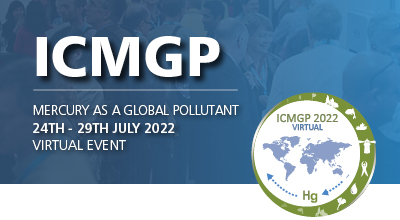| Abstract Title: | MNR at Onondaga Lake: Data Support Faster Recovery Than Projected |
| Presenter Name: | Deirdre Reidy |
| Company/Institution: | Anchor QEA, LLC |
| Session: | Mercury in Contaminated Sites |
| Co-Authors: | Deirdre Reidy |
Abstract Information :
Monitored natural recovery (MNR) is a significant component of the remedy to address mercury in the profundal zone sediments (area with water depths greater than 9 meters) of Onondaga Lake, in central New York State, USA. Reductions of sources internal and external to the lake, resulting in sedimentation and burial by cleaner sediments, is the primary process resulting in natural recovery in the profundal zone. Site?specific numerical modeling supported by several types of ongoing monitoring data was used during the design phase of this project to understand the likely future effectiveness of MNR. The remedy was predicted to successfully meet the sediment performance criteria prior to the end of the prescribed MNR period, which is the 10 years following the remediation of upland sources and the littoral zone (the year 2027). Post-construction monitoring began in 2017, 1 year after the completion of the dredging and capping in the littoral zone areas of the lake. Monitoring indicates that natural recovery is progressing faster than model projections. Data were collected and evaluated to assess the mechanisms controlling natural recovery rate (i.e., mixing and burial). Visual inspection of frozen cores continues to indicate that mixing of sediment in most areas of the profundal zone is occurring to depths less than assumed in the modeling. Sediment trap data indicated sedimentation rates were higher than assumed in the model and the mercury concentrations measured in the material collected in the traps were lower than assumed to occur post-construction. Cores collected from fluorescent microbead marker plots post-construction show the microbeads are clearly visible, and indicate that net sedimentation rates are within the range of prior estimates. Thus, the reason surficial mercury concentrations measured post-construction were much lower than predicted by the modeling appears to be the use of conservative assumptions in the natural recovery modeling.



